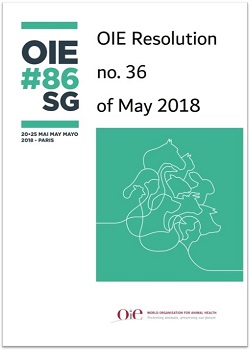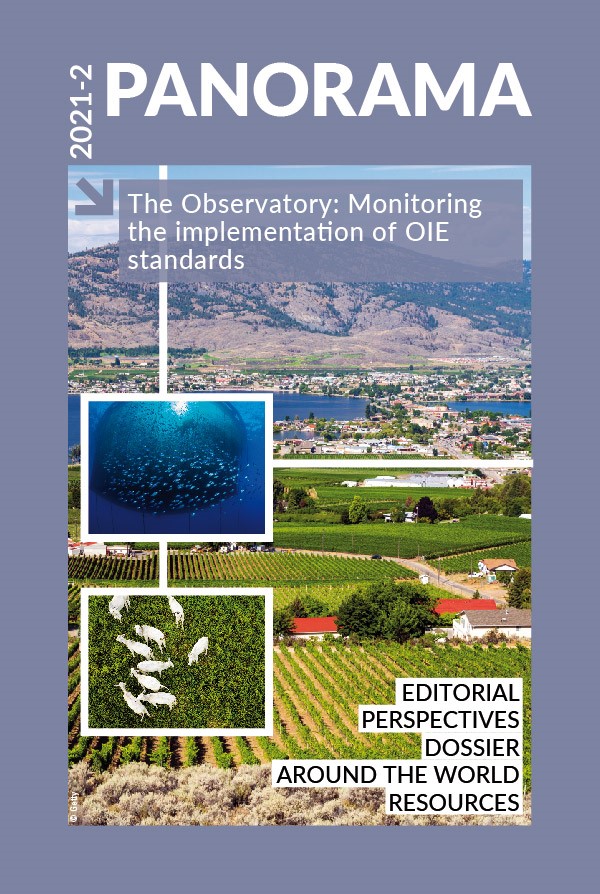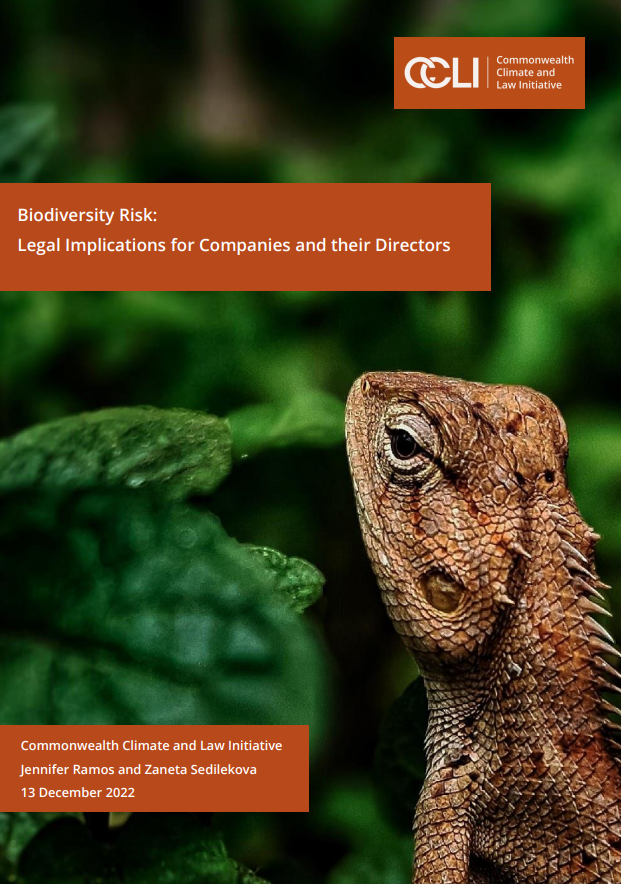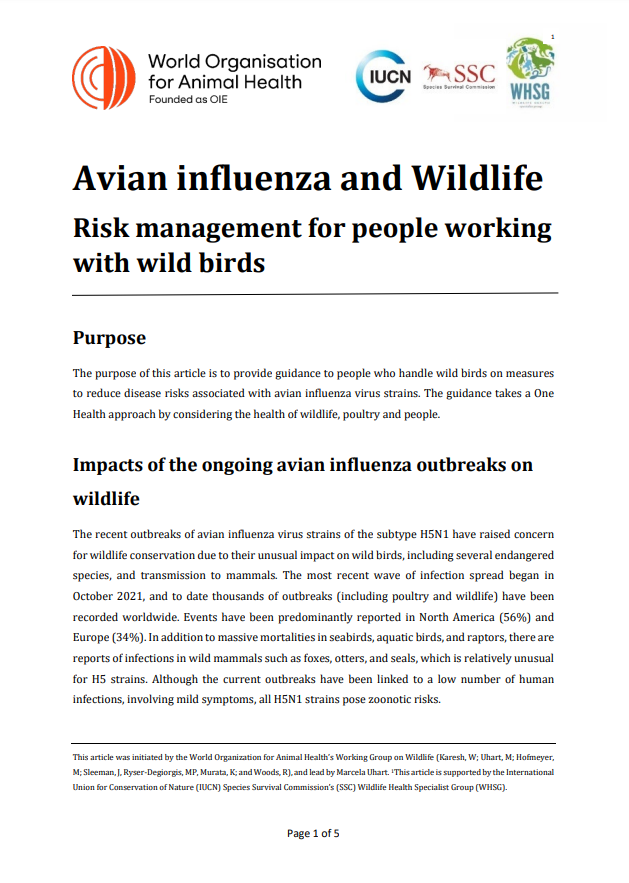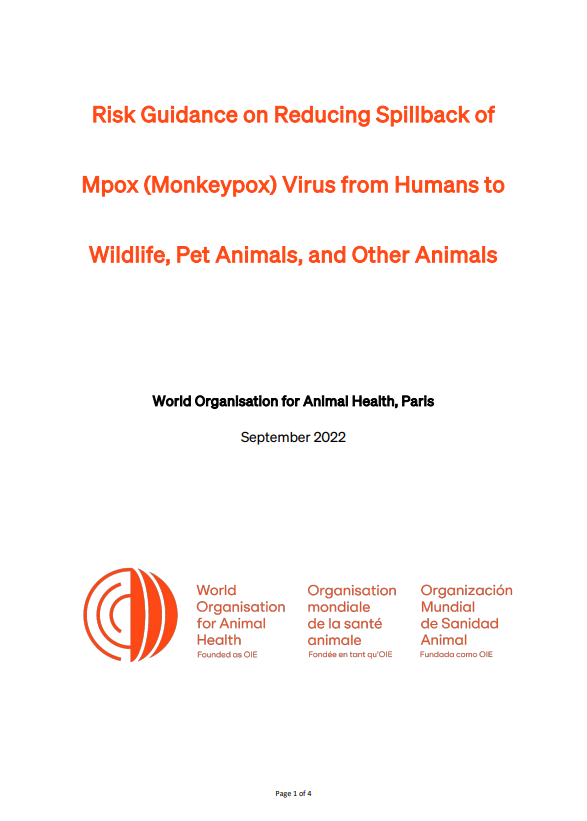Keywords
Implementation of OIE standards by OIE Member Countries: state of play and specific capacity building needs
CONSIDERING
- OIE international standards have the objective of improving animal health and welfare, and veterinary public health, worldwide, and taking into account the variable animal health situation of Member Countries, to facilitate safe international trade of live animals and animal products, while also avoiding unjustified sanitary barriers;
- In addition to animal health and welfare, and veterinary public health, OIE international standards address the capability of Veterinary Services and Aquatic Animal Health Services, which need to be supported by effective and transparent legislation, good governance and engagement with the private sector;
- The Agreement on the Application of Sanitary and Phytosanitary Measures (SPS Agreement) of the World Trade Organization (WTO) requires that members adopt sanitary measures that are non-discriminatory and based on OIE international standards; more restrictive measures should be justifiable, based on scientific evidence and risk assessment;
- OIE Member Countries are aware of the importance of the OIE standards and their relevance to national obligations under the WTO SPS Agreement but there are still many instances where sanitary measures are not based on or consistent with OIE standards and this has a negative effect on trust between trading partners and on trade;
- The WTO Trade Facilitation Agreement (TFA) contains provisions for expediting the movement, release and clearance of goods, and sets out measures for effective cooperation between customs and other appropriate authorities, including Veterinary Services and Aquatic Animal Health Services, in order that the responsibilities under and interactions between the SPS and TFA Agreements be effectively managed at the national or regional level;
- While countries need to consider more systematically OIE international standards in their national legislation and decision making, they also need assurances that these standards are continuously relevant and fit for purpose. Monitoring and evaluation of the implementation of OIE international standards is essential;
- The Good Regulatory Practices, identified by the Organisation for Economic Cooperation and Development (OECD), should be used by the OIE and Member Countries to ensure that regulatory processes are effective, transparent and inclusive and provide sustainable results;
- Lack of engagement between the public and the private sector is a challenge to the provision of health safeguards at national and international level. Resolution No. 39 adopted by the Assembly in May 2017, at the 85th General Session, promoted the establishment of Public–Private Partnerships to support the achievement of animal health and veterinary public health objectives;
- The OIE seeks to improve the adoption and implementation of OIE international standards by all Member Countries.
THE ASSEMBLY RECOMMENDS THAT
- The OIE continue to advocate that national Veterinary Services and Aquatic Animal Health Services improve implementation of the OIE international standards, as the foundation for improving animal health, animal welfare, and veterinary public health at the national, regional and international level;
- The OIE develop an Observatory to monitor the implementation of its international standards, to increase transparency and to identify constraints and difficulties faced by Member Countries. The design of the Observatory should ensure an efficient and integrated collection, analysis and reporting of information on progress and challenges associated with implementation of OIE international standards by Member Countries in a manner that incentivises increasing harmonisation while maintaining anonymity of the Member Countries;
- In addition to monitoring the implementation of the international standards, the Observatory should evaluate the relevance, feasibility and effectiveness of the standards to Member Countries, as a basis to develop a more strategic focus to the OIE standard setting and capacity building work programmes;
- The OIE support Member Countries in the implementation of its international standards by providing guidance, organising training workshops and continuing to improve the Pathway for the Evaluation of Performance of Veterinary Services (PVS Pathway) and related tools;
- The OIE, through the PVS Pathway, notably the Veterinary Legislation Support Programme, encourage the application of Good Regulatory Practices as defined by the OECD;
- OIE Member Countries improve their participation in the OIE standard-setting process, in particular by carrying out effective multi-stakeholder coordination at the national and regional level;
- OIE Member Countries commit to improve their implementation of the OIE standards and the key SPS Agreement principles of harmonisation, risk analysis, equivalence, regionalisation, transparency and non-discrimination;
- OIE Member Countries should comply with their obligations to notify diseases and, for the purposes of trade, should use the OIE standards, including official OIE disease status;
- OIE Member Countries support increased participation of officials who are responsible for setting sanitary measures and negotiating market access in OIE capacity building activities relevant to the international standards;
- OIE Member Countries consider, on a voluntary basis and as relevant, requesting PVS Pathway missions, notably missions on Veterinary Legislation and PVS Follow-up missions to evaluate country progress in complying with OIE international standards and recommendations;
- OIE Member Countries promote a greater responsibility of the private sector in the implementation of OIE international standards, in particular by facilitating the development of Public–Private Partnerships to provide more efficient and effective approaches to the management of animal health and welfare and veterinary public health.
______________
(Adopted by the World Assembly of Delegates of the OIE on 24 May 2018
in view of an entry into force on 25 May 2018)




